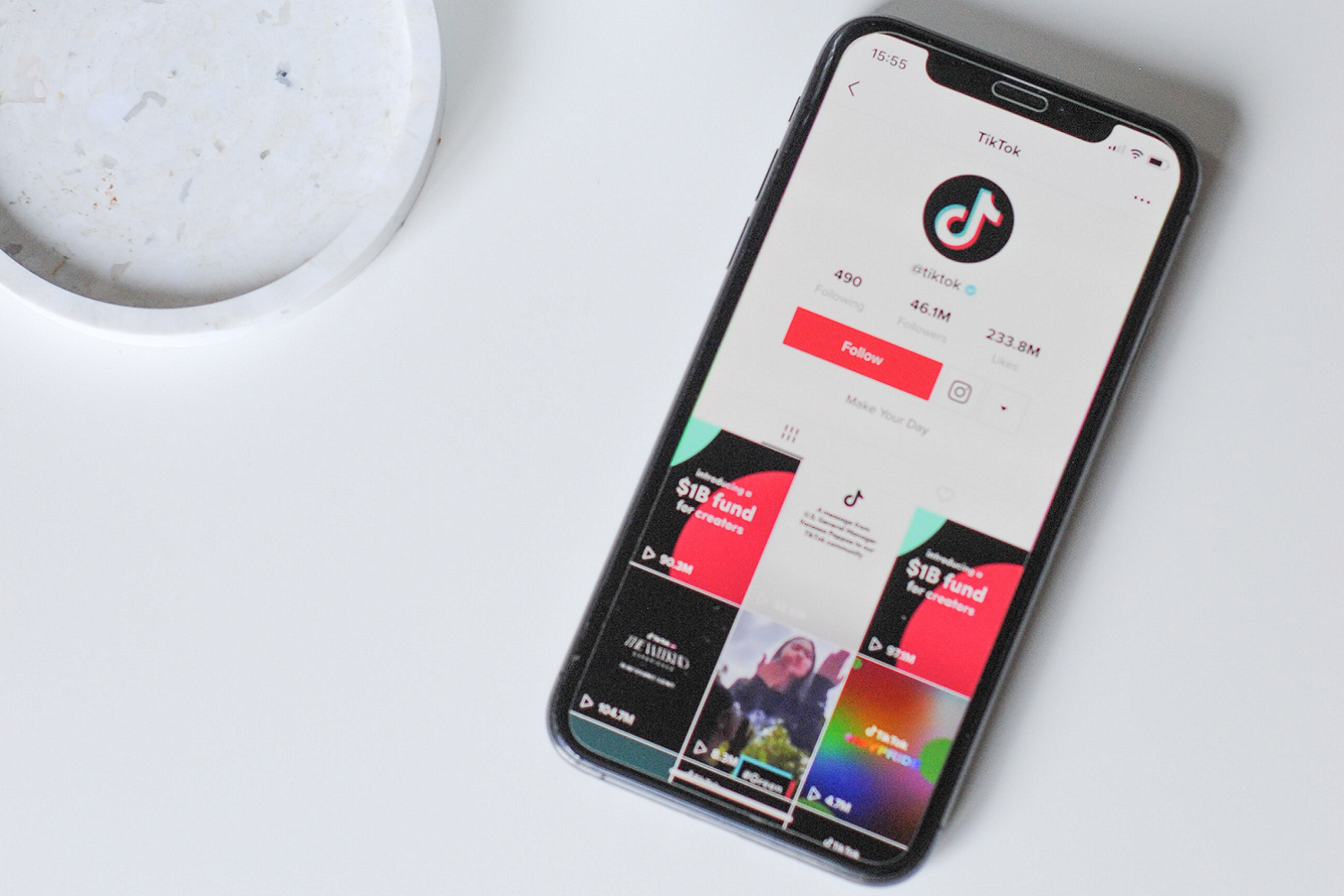Starved for Content Ideas? Here’s How Original Research Can Keep You Blogging for Months
Wondering how you’re going to keep your content calendar full for the rest of the year? Thousands of business owners struggle when it comes to coming up with content ideas, and a simple strategy can help them: conduct a study or survey.
Original research provides tons of benefits for businesses seeking content marketing performance gains. They can accompany the release of the study with a recap series, for instance. After that, they can dive in-depth into some of the findings for unique takes or insightful real-world applications of the data. At the same time, they can introduce their study to online outlets that get mega traffic with guest posts.
The beauty of conducting original research is that you don’t even have to do all of the content writing yourself! In addition to the content topic possibilities listed above, there’s also a good chance that someone might cite your data or share your report on their own blog. Well-performed research that answers important questions in your field can receive references and citations for months. You may even get quoted as an expert as a result of your own analysis!
The possibilities are practically endless, and they all start from a single research idea. Here’s how to get your own research project off the ground—and how to spin it into content gold for months to come.
Start With a Burning Research Question
Research tells us something about the world we didn’t know yet. In other words, research answers a question through the data it gathers.
For that reason, all great studies have to start with a great research question. You can quantify something no one’s ever quantified before, such as the costs of never washing your car revealed through the corresponding damage to paint and mechanical components.
Or, you can give a more specific answer to a question that’s already been tackled. A lot of research involves bringing findings up to date, for example. You can also examine how a research question might be answered within a specific geographical location or within a specific demographic. Sure, you might know that a majority of Americans love hamburgers, but how do people in your hometown feel about grilled versus griddle-fired burgers? And would they take a bite out of a veggie burger if given the opportunity?
When devising a research question, keep in mind that it can’t just be something you find interesting. It should also satisfy a number of other criteria, such as:
●Would my target audience find this interesting and informative?
●Does my research align with my business goals or my unique brand story?
●Will this research answer a question that hasn’t been covered yet?
With these criteria in mind, try to approach your research question from the perspective of the unique niche your business occupies. The more parallels the research has with your brand personality and how you approach your business, the better.
Learn Research Best Practices
Research can be hard, especially when it comes time to compile your results! You want your data to tell a story somehow, but you can’t get to that story if your research structure is a mess.
Start by determining what sort of research you’ll conduct. It can be a:
●Simple survey
●In-depth survey that includes qualitative responses
●Review of existing research that combines two or more “knowns” to explain an unknown
●Manual data gathering from raw data sources
●Field research with data gathering at the source of information
Those study types are listed roughly in order of complexity and effort required. But don’t underestimate how even the simplest of surveys can turn into a difficult process when you neglect to follow best practices!
First, approach your data in layers. The “layers” of your data refer to different qualities of that data.
For instance, suppose you wanted to conduct a study of the types of restaurants in your hometown. “Chain/franchise restaurants vs. independent restaurants” serves as one layer. “Quick service vs. sit down” can act as another layer. You can also organize the restaurants by location, such as “downtown vs. just off the interstate”.
All of these qualities provide details that can be used later in your analysis. You can make observations like “chain restaurants are more common along busy stretches of road except in downtown.” Or, you can be able to say that “the ratio of chain restaurants to independent businesses has shrunk 50 percent in the past year.” Findings like these tell a story, but you need your data to be organized first.
When conducting surveys , you can make this process easier by including a demographics portion in the beginning of the survey. You can then use this information to discover trends among responses, such as “twice as many business owners worry about energy prices compared to non-business owners.”
Come Up with a Hypothesis That Uses Research Layers to Answer Questions
Research isn’t just about gathering data; it’s about using that data to prove or disprove assumptions called hypotheses .
Accordingly, you want to go ahead and come up with a few hypothesis ideas before you start assembling your data. Go ahead and predict your results based on your gut instincts or what you consider common knowledge. If your research aims to debunk a commonly believed fact, you can operate on the hypothesis that the fact will be wrong.
If you’re completely at a loss for hypotheses, you can predict that there will be no trends whatsoever among your data.
Use Your Hypotheses to Come Up With Pertinent Survey Questions or Data Sources
Your hypotheses guide your research in very concrete ways. If you’re conducting a survey, a hypothesis will help you determine questions to ask that can directly answer it.
For example, let’s say that your hypothesis is that “people are willing to spend more money at a local establishment compared to a franchise.” To prove or disprove that hypothesis, you can ask things like:
●How often have you visited a franchise business in the past month?
●On average, what do you spend within the following ranges: $5-$10, $10-$15, etc.
●Do you try to support local businesses on purpose?
●Which of the following reasons encourage you to support local businesses? I know the owner, I want the money to go back to the community, etc.
Assign Categories Early on Within Your Analysis
After gathering all the data you need, it’s time to process that data into something people can digest at a glance. One of the easiest ways to do so is to lump datasets into different categories.
Going back to the local vs. franchise question, maybe you think that people who have lived in the town all their lives are more likely to make a choice compared to newcomers. Or, maybe you think that people who make a certain amount in their yearly salary are more apt to make a certain decision?
Consider these assumptions as secondary hypotheses, and test them out as you compile your data. If your hypothesis is wrong, try approaching data from a new angle.
Of course, you should also leave yourself open to discovery! Sometimes just dropping data into bar graphs is enough to have findings jump out at you all on their own.
Use Your Findings to Brainstorm Different Uses for Your Study
Completing your study is just the beginning of a new phase: publishing your results and using those results for related content.
Examples of ways to use your results include:
●A summary press release
●An in-depth report
●Sharable inforgraphics or slide shows
●Blogs discussing specific trends you’ve seen
●Editorial-style blogs combining your research findings with your own thoughts and other commentary
●Promotional materials that use your findings to make a point
●Guest posts presenting you as a subject authority where you get to assert your findings with data to back it up
●E-books
Sort these ideas into priorities, including your “yeses,” “nos” and “maybes.” Then, work your way down the list!
With this method, you can keep chugging along with new content based off the same information for months. You can also always update your research later with a newer, more-current study.
In this way, original research is the gift that keeps on giving! It can help you make a name for yourself, drive engagement on your content, position you as a subject authority, and so much more. At the very least, you’ll never be lacking for new content ideas.
Are you looking for help navigating the ever complicated digital marketing space? We can help!
The Harvest














